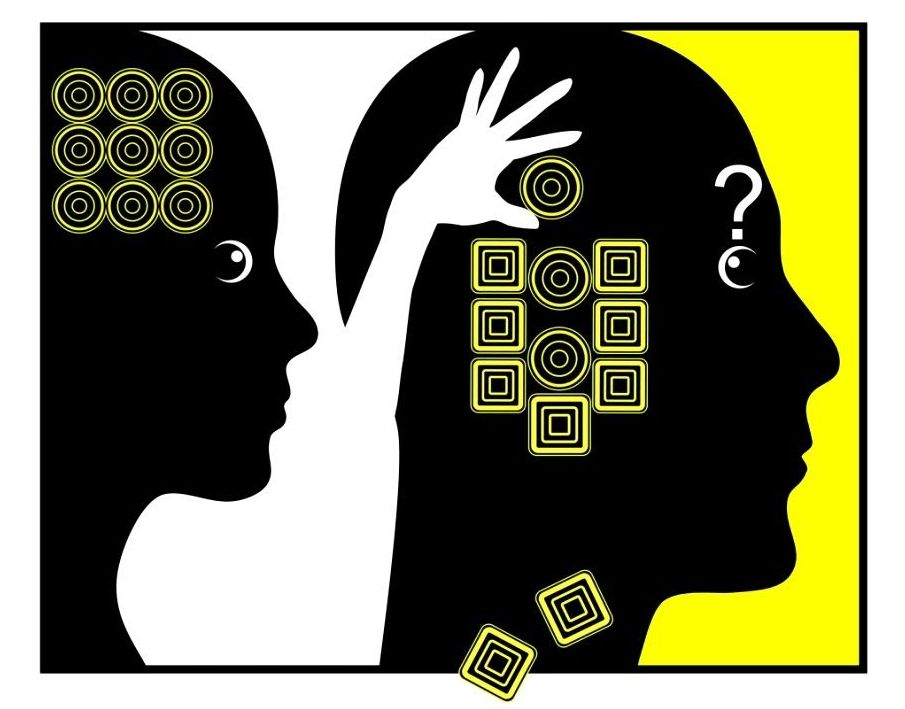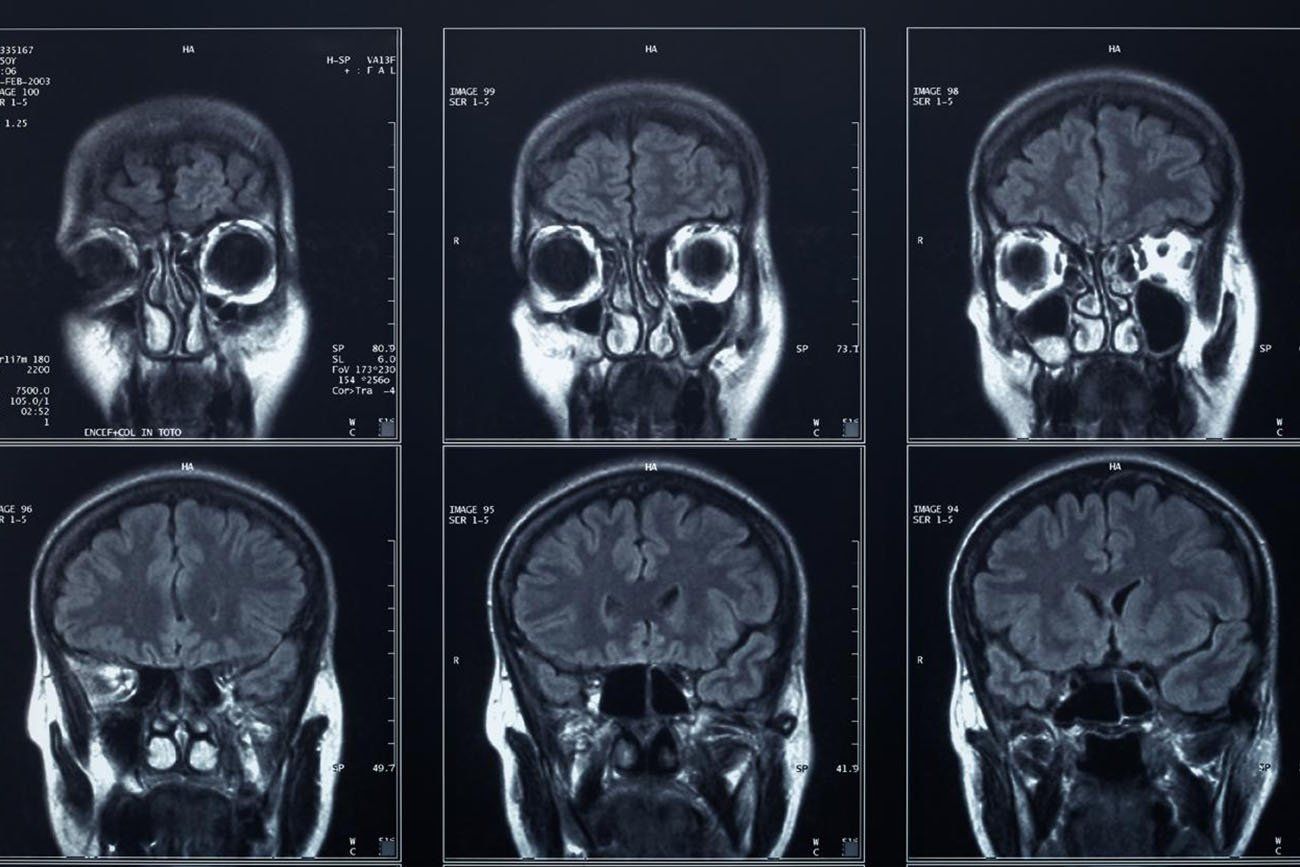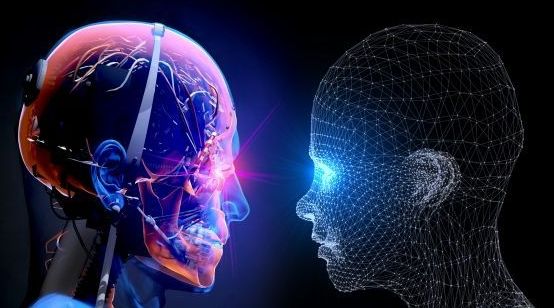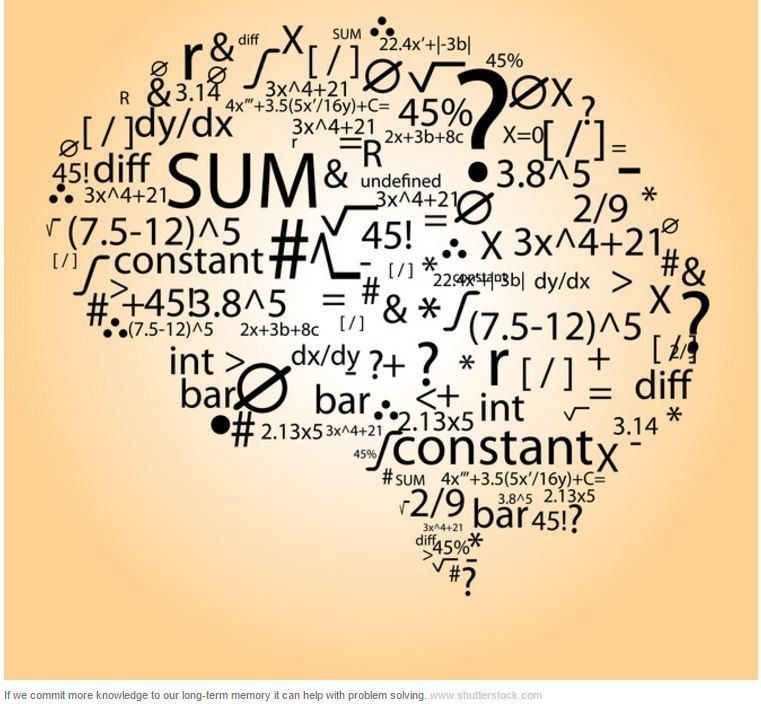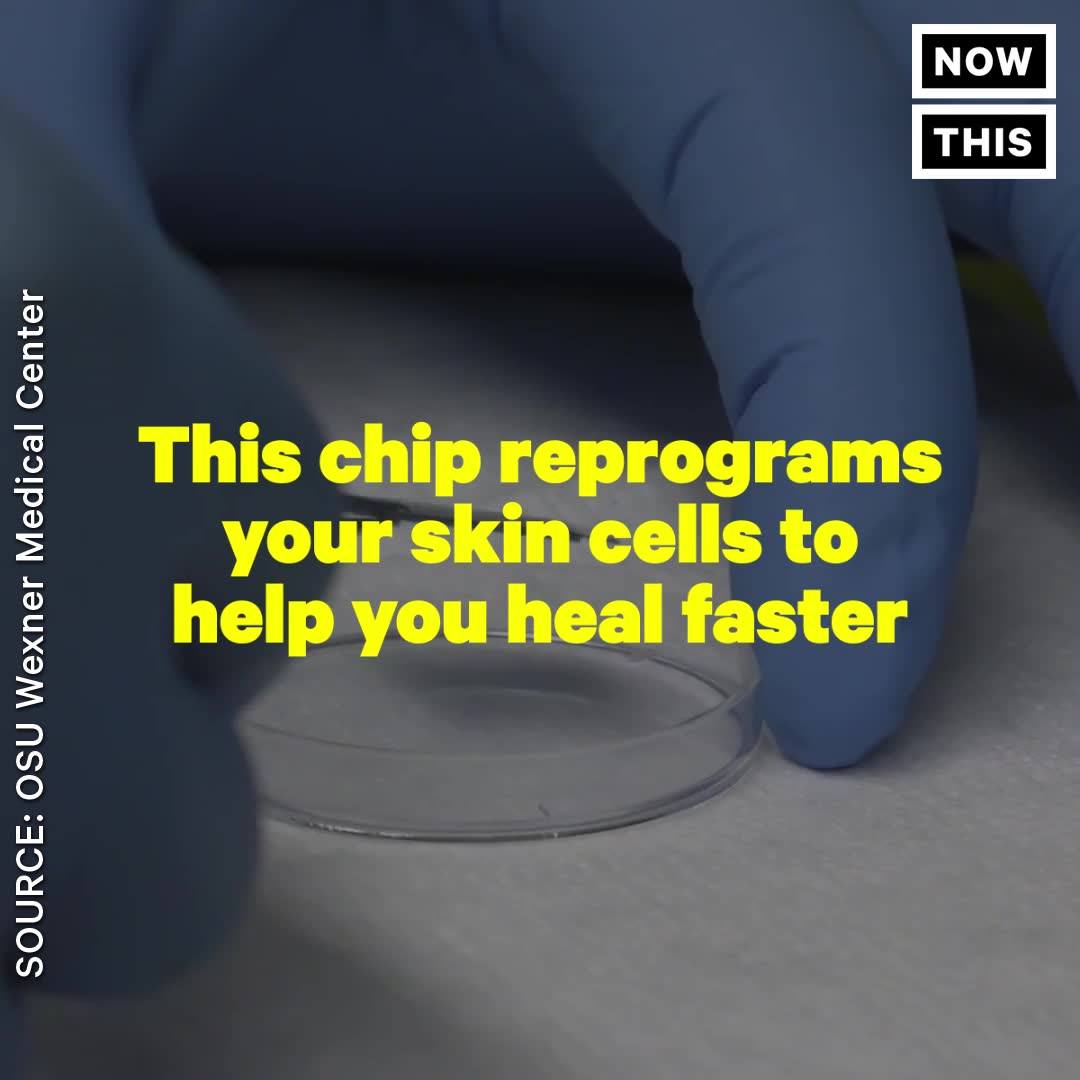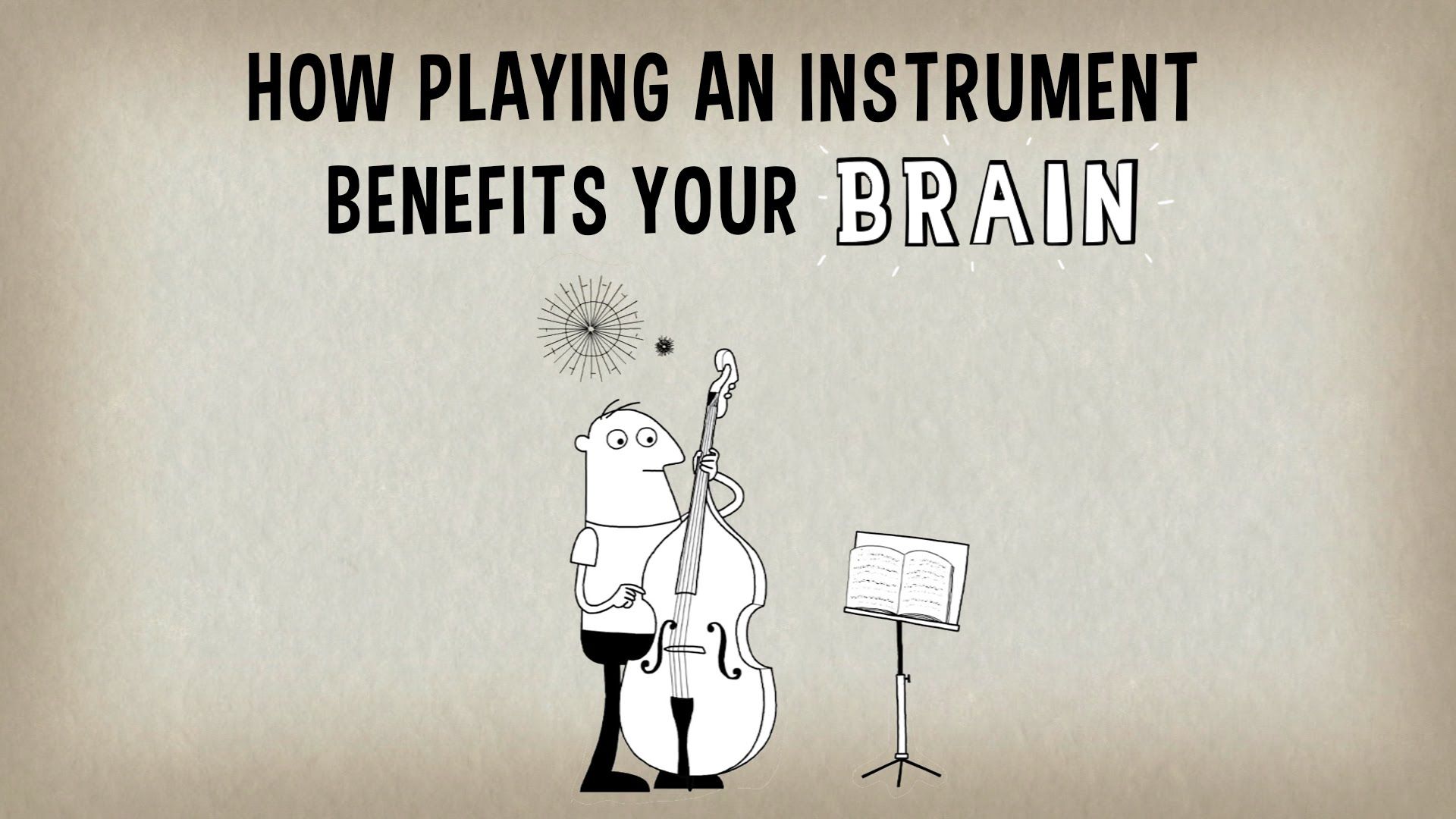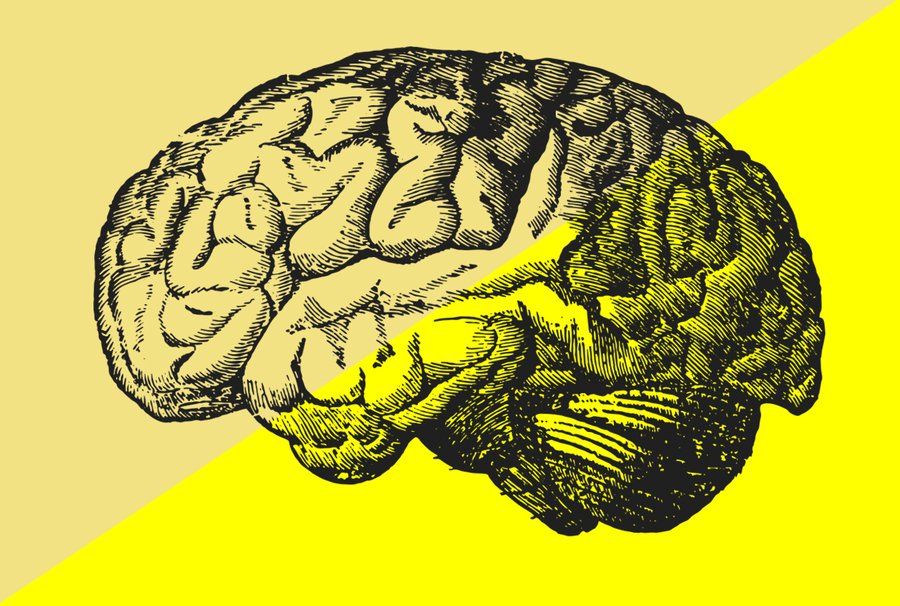Aug 19, 2017
Scientists remotely hacked a brain, controlling body movements
Posted by Sean Brazell in categories: biotech/medical, nanotechnology, neuroscience
Imagine someone remotely controlling your brain, forcing your body’s central processing organ to send messages to your muscles that you didn’t authorize. It’s an incredibly scary thought, but scientists have managed to accomplish this science fiction nightmare for real, albeit on a much small scale, and they were even able to prompt their test subject to run, freeze in place, or even completely lose control over their limbs. Thankfully, the research will be used for good rather than evil… for now.
Don’t Miss : Comcast’s surprisingly good wireless plans now available nationwide
The effort, led by physics professor Arnd Pralle, PhD, of the University at Buffalo College of Arts and Sciences, focused on a technique called “magneto-thermal stimulation.” It’s not exactly a simple process — it requires the implantation of specially built DNA strands and nanoparticles which attach to specific neurons — but once the minimally invasive procedure is over, the brain can be remotely controlled via an alternating magnetic field. When those magnetic inputs are applied, the particles heat up, causing the neurons to fire.

